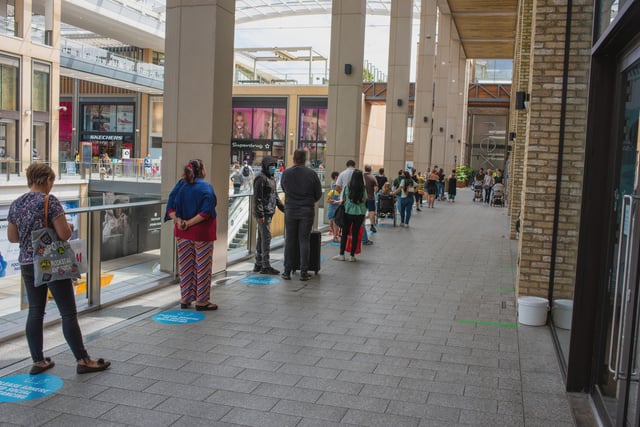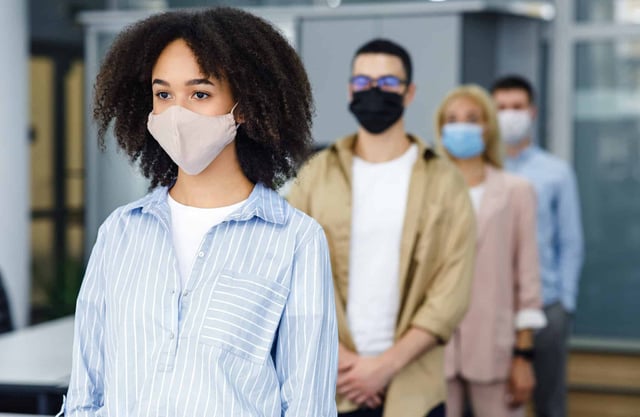Overview
- Undergraduates Ruixi Lou and Milo Van Mooy used 3D-printed human models on a conveyor belt and computational simulations to mimic people queuing and walking.
- Researchers documented a downwash effect in which airflow from movement forces exhaled aerosols downward rather than allowing them to rise.
- Ambient temperatures near human body heat (around 28 °C) can keep virus-laden particles suspended at breathing height as queue participants advance.
- In climate-controlled environments, cooler indoor air drives exhaled plumes upward, reducing horizontal aerosol exposure between individuals.
- Published today in Science Advances, the study urges public health guidelines to move beyond static distancing rules by accounting for temperature, ventilation and movement dynamics.


